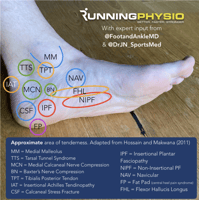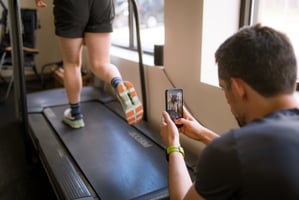Regular headaches can majorly disrupt your life. Cervicogenic headaches, originating from the neck,...
Chronic Low Back Pain: The Importance of Movement & Mindset
(Original Post Date: 12/27/22)
The majority of us will experience some form of chronic low back pain throughout our lifetime.
Attitude and mindset play a crucial role in both allowing the body to recover and/or help to initiate the difficult first steps towards recovery.
It’s a complex issue that is unique to the individual. However, there are clear relationships between mindset and movement patterns that are observed with symptom improvement.
A crucial first step towards improvement is the belief that there can be improvement.
There is a strong mentality that our spines are “easy to harm and hard to heal,” especially in those suffering from chronic symptoms.
Not only is this detrimental towards decreasing pain but also directly opposes current evidence-based research.
Our bodies are durable and quite amazing at healing.
Having a belief that there is significant damage, and that recovery will be difficult, can further cause excessive protective behavior. This does two damaging things:
- Contributes to further deconditioning by reducing the bodies’ functional capacity.
- Increases the body’s sensitivity to pain by increasing nociceptor awareness.
Both of these things contribute to worsening symptoms, rather than symptoms improving.
You do not need to have perfect posture, a strong core, or perfect lifting technique for improvement. The overwhelming majority of evidence suggests movement is paramount to successful symptom management. This journey can start with an exercise as simple as breathing drills lying down on the back.
Moving is the key to slowly reverse the downward pain spiral that accompanies deconditioning and increased pain sensitivity. Oftentimes this requires a professional clinician to successfully progress an individual through the process.
It’s important to celebrate any progress that is achieved. It is difficult to work through or with pain, and any progress is a sign that there is increased control over symptoms. Championing this is helpful to further promote motion and further reduce protective behavior.
The goal of this blog is not to devalue pain or to say that the pain is “all in your head,” but to highlight the power of mindset and movement and positive outcomes. In the end, research suggests there is a 90-100% correlation between becoming less protective with movements and a decrease in pain.
Although having an injury is difficult, mindset plays a key role in progression. It’s important to have an individualized plan to reach your goal and to celebrate any and all progress along the journey.





